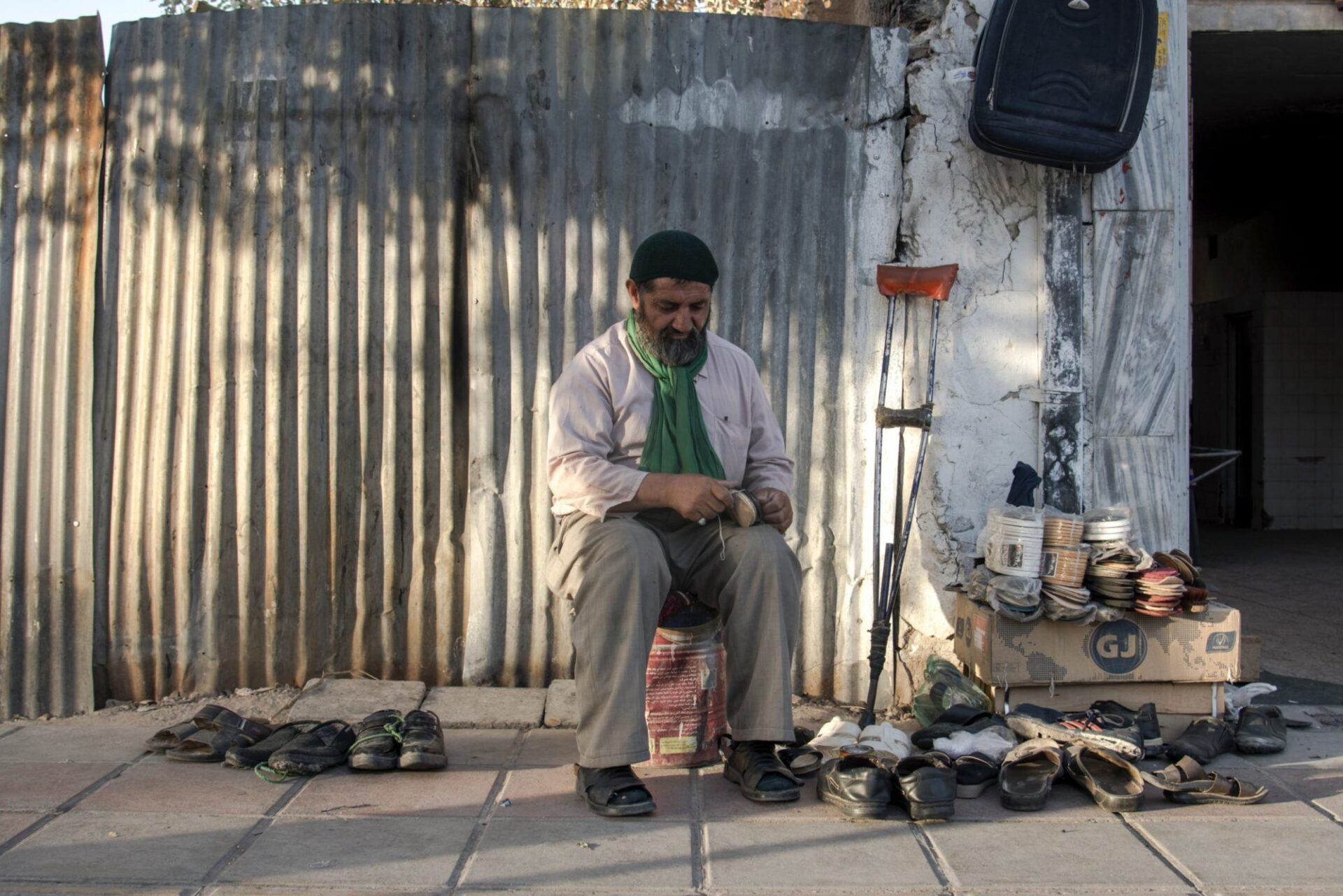Iran’s anti-government protests started three months ago, sparked by Mahsa Amini’s death. Spreading across the world, protests have underscored international solidarity for those in Iran and global outrage at the Iranian state’s violence. Yet, amid national and international calls for justice, democracy, and freedom, the state’s persecution of Afghan refugees has been severely overlooked, limiting our understanding of the extent of the Iranian state’s violence.
Approximately 3.5 million Afghans live in Iran, of which 780,000 are legally recognized as refugees. Amid years of economic distress worsened by Western sanctions on Iran, refugee and undocumented Afghans — most of whom are without residence permits or established homes and jobs — experience extremely harsh living conditions. About half of Afghan households live below Iran’s poverty line. In addition, primary school enrollment rates for Afghan children remain below Iran’s national average, and higher education continues to be heavily restricted for Afghans. This is coupled with laws dating to 2004, subjecting Afghan nationals and refugees to extra fees and taxes. More recent laws increased restrictions on the right to work, acquire a driver’s license, open a bank account, or buy land.
As the world pays attention to protests in Iran, the international community should strive to better understand the regime’s aggression against those who have not been spotlighted by protest coverage.
Even more harmful is the community racism that Afghans face. Recently-published video clips allegedly show Iranian border guards and mobs beating Afghan refugees. Abuse has worsened since the Taliban takeover of Kabul in August 2021, when many Afghans fled to neighboring Iran for refuge. I recently spoke to a few Afghan friends with refugee status in Iran, whose names are omitted here to ensure their safety. One told me about her seven-year-old niece, who often says, “I don’t want to be Afghan. I want to be human.” A young generation of Afghan refugees internalizes dehumanization. “Some use ‘Afghan’ as if it were a bad word. They throw it around like an insult, not to describe nationality,” my friend explained. Racism has legitimized the state’s anti-Afghan violence.
Uplifting the Afghans in Iran
The 2022 protests have sparked collaboration among many of Iran’s ethnic communities, resulting in historically-persecuted minorities, such as the Kurdish communities, being highlighted. Beginning at Amini’s burial in her Kurdish-majority hometown Saqez protests quickly spread across the country using the Kurdish slogan, “Jin, jiyan, azadi!” (“Woman, life, freedom!”). Western media has finally begun to open space for coverage of the state-led militarism, discrimination, and economic impoverishment endured by the Kurdish population in Iran. But to fully understand the Iranian state’s abuse, other minorities’ experiences also need to be discussed. For example, Western audiences have yet to pay attention to the plight of Afghan refugees in Iran.
It’s important to evaluate how Afghans’ persecution is inherently intertwined with others’ violent experiences in Iran. In one of the protest anthems, “Baraye,” Shervin Hajipour briefly sings for “the Afghan kids,” prodding us to relate the state’s inhumane refugee policy to broader regime violence. I recently spoke with one of my dearest Afghan friends, a Hazara refugee who fled to Germany from Iran. She says, “When I left Iran, I told my family it was worth it. Feel once in your life that you are human. You will understand how you were not treated as a human in Iran.”
Her words urge us to consider the intersection of immigration and violence. Vulnerable minority communities, particularly displaced people, bear the uneven (and often invisible) weight of government and community abuse, whether in Iran, the United States, or elsewhere. As the world pays attention to Iranians and supports the brave and passionate protestors on the ground, the United States and the international community should strive to better understand the regime’s aggression against those who have not been spotlighted by protest coverage.
In the immediate term, the Biden administration can and should welcome many more Afghan refugees while meeting refugee resettlement goals. Congress should pass the Afghan Adjustment Act to ensure that those already in the United States can remain safe and secure.
Ultimately, all victims of the Iranian state must be supported. Widespread awareness and coverage of the oppression and persecution of people in Iran, including those in the Afghan community, will advance the equality, justice, and freedom demanded by protestors.





















